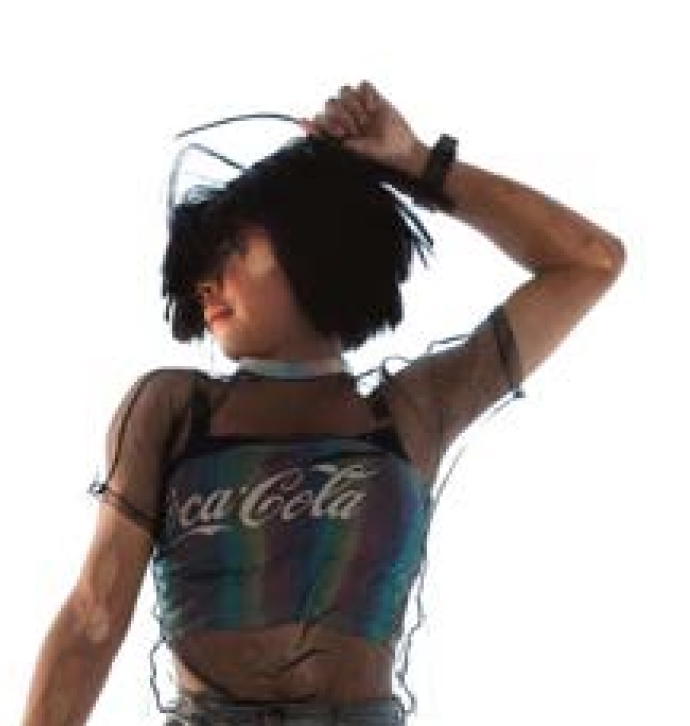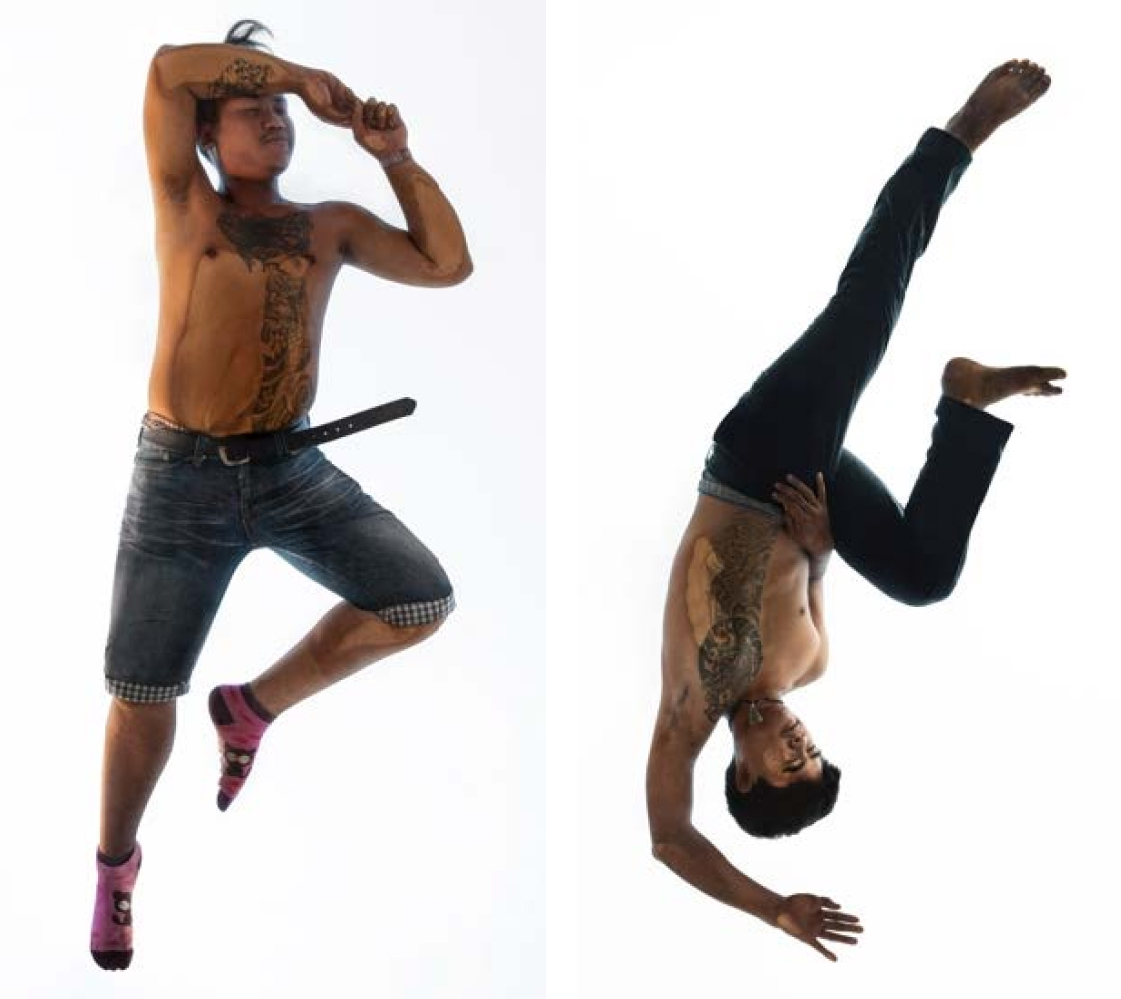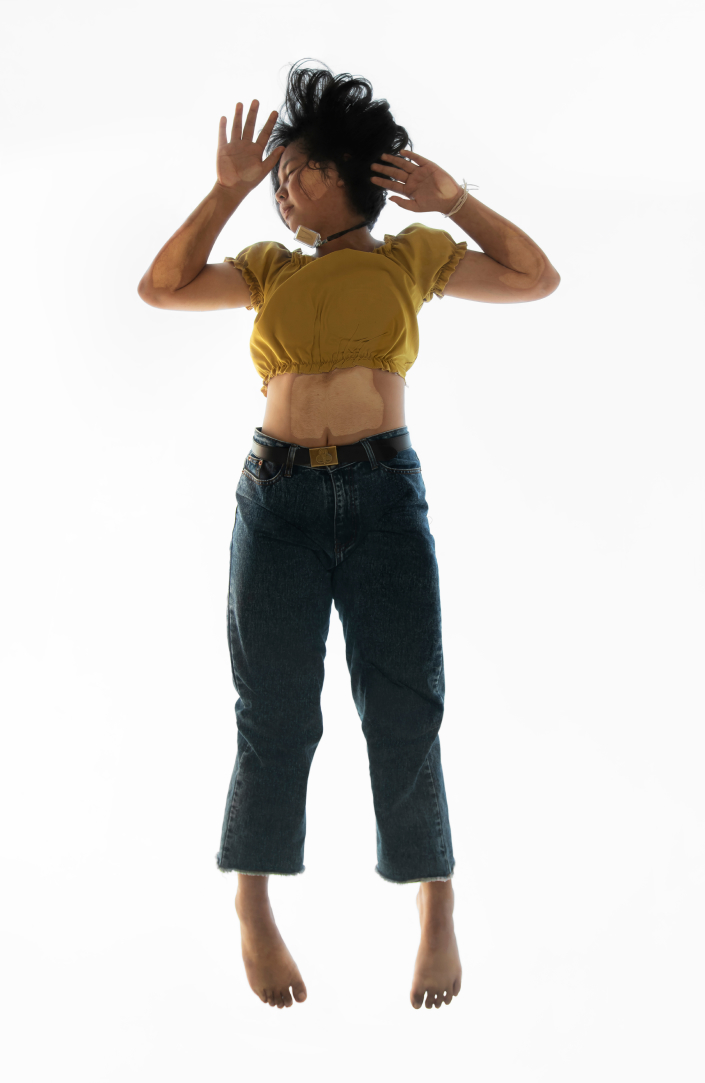Slumber, 2022
Asst. Prof Anupong
Introduction
by artists as a tool to
represent thoughts ideas, and reflect different views according to each era. And to study the
development of the use of photography in the visual arts as well as the perception of
aesthetics in contemporary photography.
This boundary of change in the way we look at beauty is known as the ” turning point of
aesthetics”. Artist Ana Mendieta created the series “Untitled” in 1972. The work’s appearance
showed the artist’s image where the face was pressed against the plane of the mirror in
different perspectives to arouse and reflect the suffering of the body as a female status.
Mendieta’s face is distorted in varied images, just like expressing thoughts through physical
photography that oppose and deny others who gaze and judge themselves.
Conceptual Photography was defined after the 1960s from the formation of a group of artists to create artworks that emphasized and stimulated the thoughts of the audience. There
was a movement of artists who created artworks called post-modern art. The artist creates
thought-provoking art through events, live performances, media art, sculpture, painting, and
photography as the medium by which artists express themselves. In a research study in the
research project entitled “Conceptual art creation process through photography media” , the
study of photography in the context of the visual arts medium was used
The process of
expressing thoughts by using the plane of the mirror and the effect that showed the distortion
of the face was born from the concept of a modular identity, in terms of race, gender, and
age. It is an interesting form of expression for communicating and explaining the unique
symbolic connotation of artist Ana Mendieta (Moma, 2021). In addition to the study of the
works of the artist. The process of research also studies the history of moving photography
between 1886 to the present. Using the body as a symbolic representation of the meaning.Searching for an understanding of symbols in the history of contemporary art. The information that the researcher has studied and researched opens up new possibilities for creating
3
conceptual photography. Demonstrates the process of creation of works, the development of
ideas, the form of photography, and the aesthetics that arise from the creation of thoughtful photography.
Finally, the photography is taken during the creative process of the research project. It is considered a model in the creation of conceptual photography. The process of creating
photography works can take place in a variety of ways. The researchers hope that the
research studies that lead to this art will benefit those interested in the visual arts and art
students. And hope the art series “Slumber” will create unique styles and aesthetics in different cultural contexts and open up new opportunities in art as contemporary art.
Conclusion
The research project entitled “The process of creating conceptual art through the
photography.” had been studied and ascertained by the researcher from sorts of information to
analyze and find ways to create photography and including creating new forms from the scope
of content and social issues that have arisen from the past to the present. This visualization process has invited new interpretations of the concept of photography to be a communication tool that expresses thoughts upon problems occurring in society through language and theartistic symbols hidden in photography. The artistic tactics in this work have encouraged viewers to watch, question, and find out the meaning in their perspectives.
Objectives Aims or Purposes
- To research and develop the process of conceptual photography.
- To apply the knowledge gained from research to develop concepts to convey the
meaning of photography as contemporary art. - To study the interpretation process of conceptual photography as a visual language
that stimulates the perception of the audience
Process or Methods
- Pre-production Stage
- Study the history of photography and the development of photography
Photography History
– Pictorialism Photography
– Modern Photography
– Post-modern Photography
– After Post-modern Photography - Study from thought-provoking artists who create works through photography. Contemporary Artist & photographer
– Andreas Gursky
– Nobuyoshi Araki
– Nancy Goldin
– Wolfgang Tillman
Conceptual Photography
– Jeffrey Wall
– Ana Mendieta - Study the principles of Value of visual art.
– Aesthetic Value
– Content Value - Identify content issues in “The body in contemporary art” by Sally O’Reilly
– Representation and Presence
– The Body in Time and Space
– Difference and Solidarity
– Nature, Myth, and Technology
– Monstrous Bodies
– Over to You - Analyze the theoretical data from the components of the creation as follows:
6.1.5.1 Analysis of conceptual photography.
6.1.5.2 Analysis of thought processes in Visual Art.
6.1.5.3 Analyze content issues. - Synthesize data to design processes for creation and drafting.
- Develop an idea from a draft and set the sample group according to the
concept of creativity (Vanz Boy and Skoy Girl, 9-12 persons) - Summary of information for production preparation
- Prepare equipment and structure for photo shooting.
- Study the history of photography and the development of photography
- Production stage
- Survey the area before photo shooting.
- 2.2 Assemble the structure of the set for filming and test the strength of the
structure before shooting. - Guidelines for photo shooting per specified sample group.
- Photoshoot according to the plan.
- Post-production Stage
- Retouch the images and color correct to suit the printing process.
- Test print before printing all works.
- Install the photos in the lightbox.
- Installation design for exhibition.
- Make a questionnaire for the audience who viewed the artwork.
- Analyze the results according to the stated objectives. Bring the evaluation results from peer review and the audience to analyze the photography in the research project.
Techniques and materials
Fabric Print, LightBox, Installation
Size or Mins.
60×120 cm.


